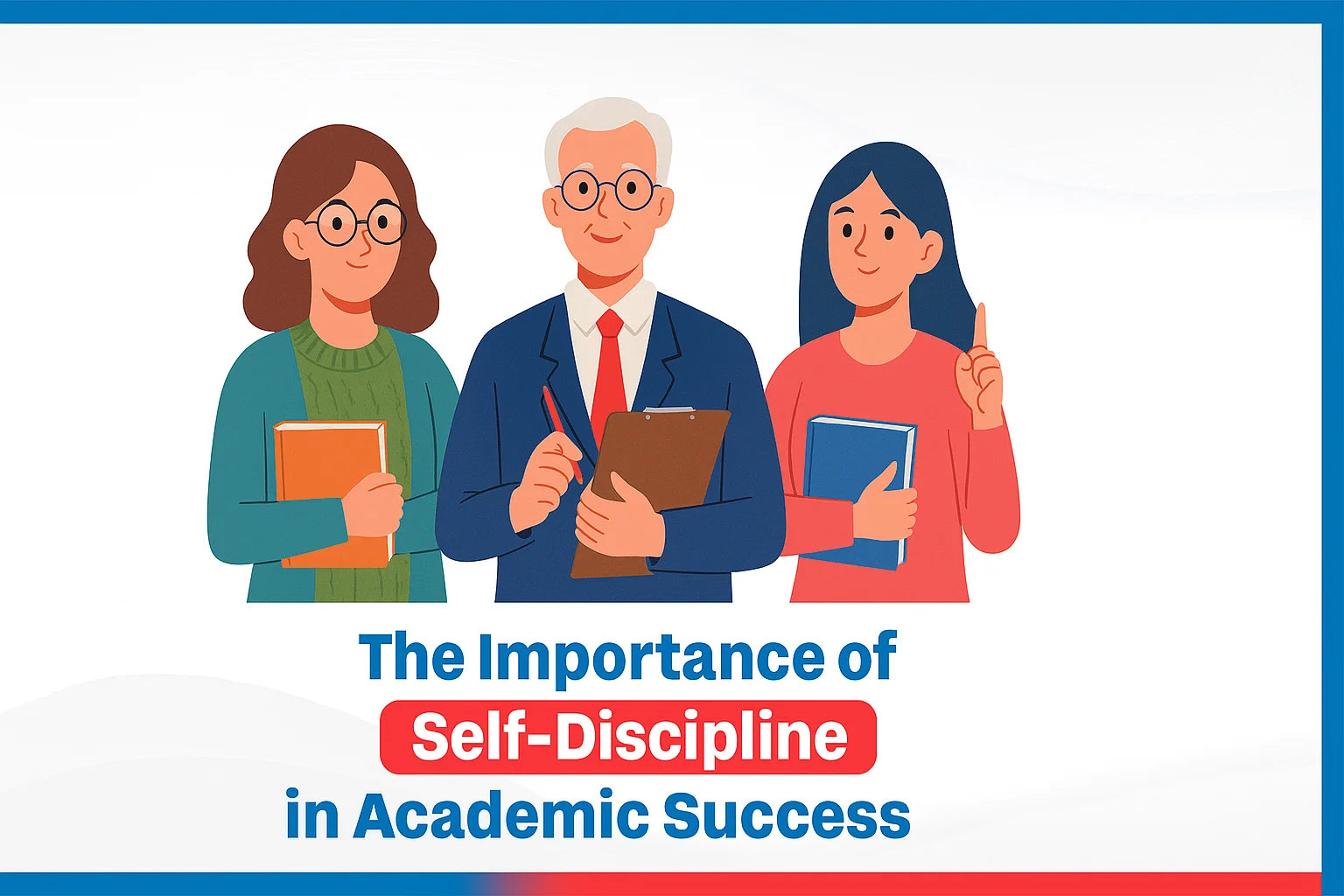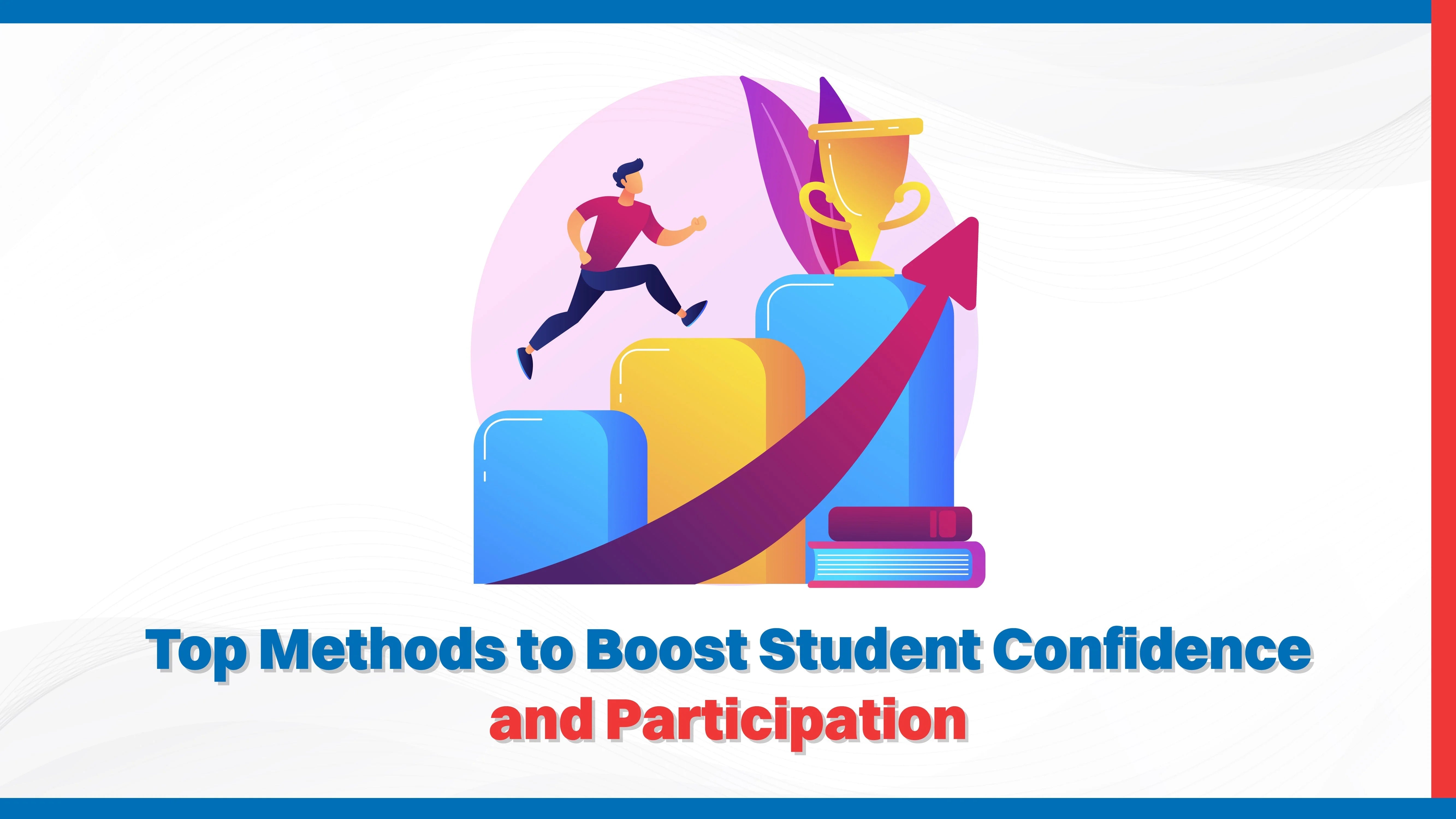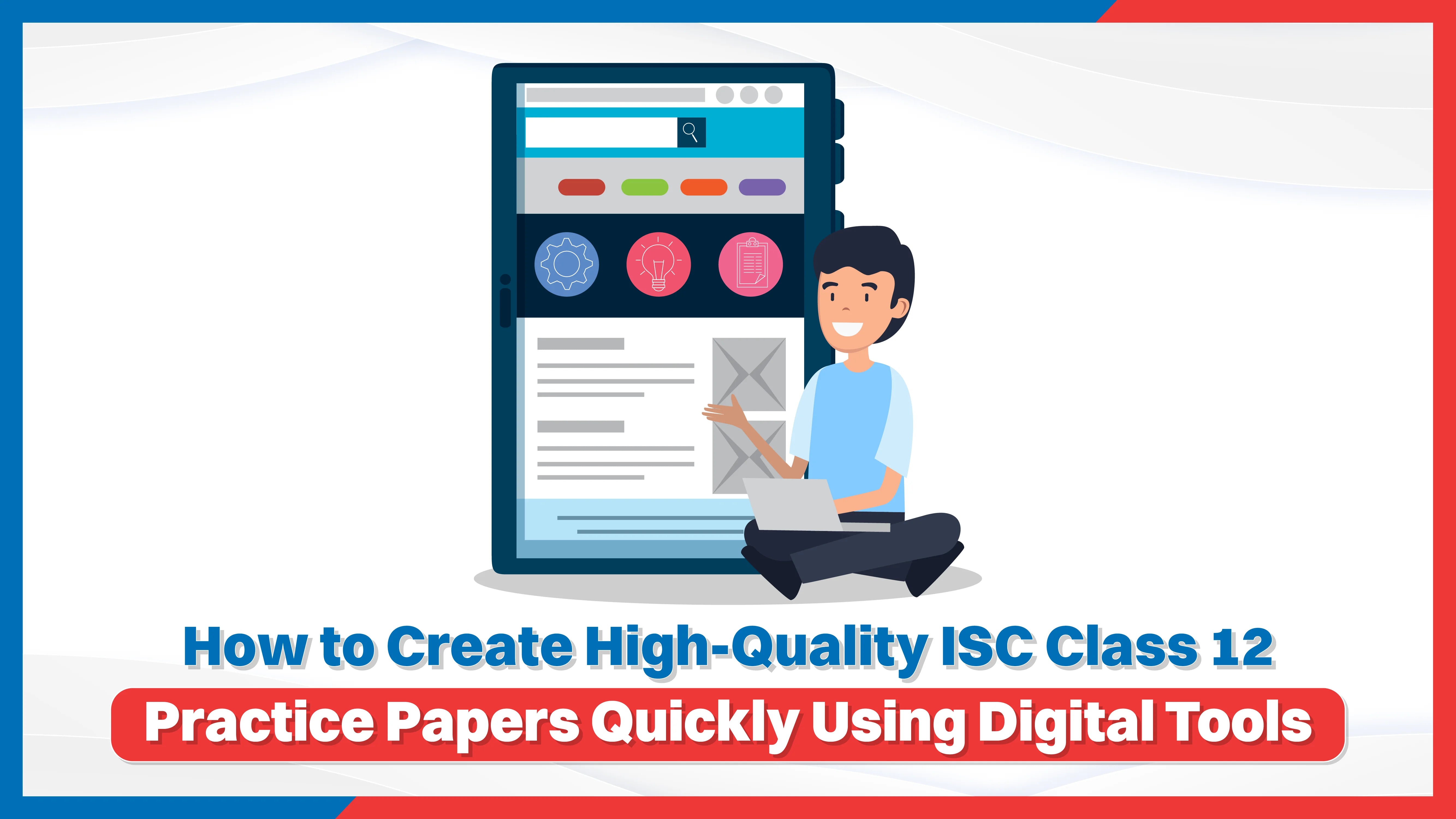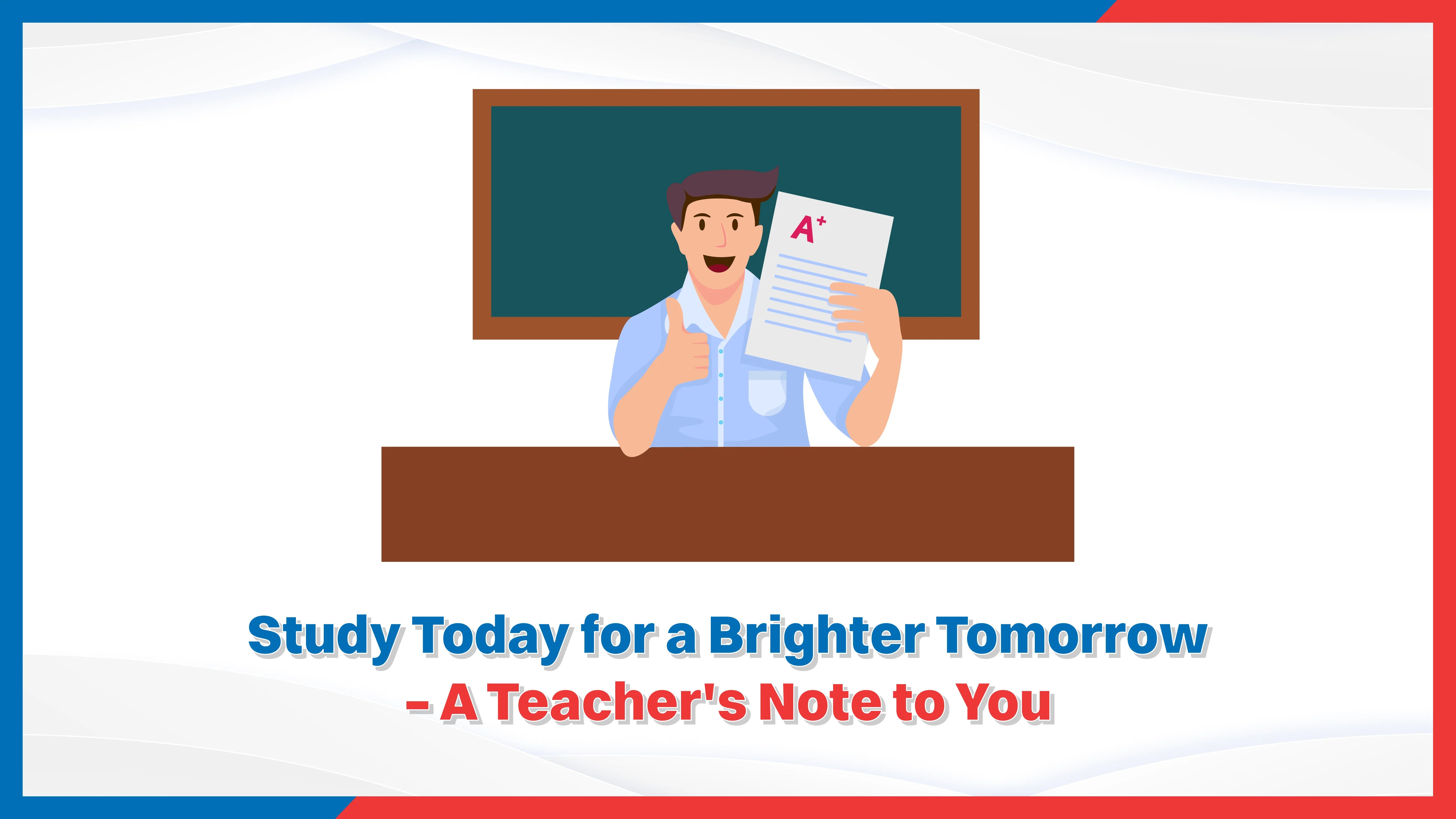The role of artificial intelligence (AI) is changing education in a novel manner. AI is quickly transforming into a helpful research pupil for teachers who can run administrative processes and tailor experiences for their learning. Yet, a developing anxiety on educators' part is that of facing the integration of this technology bearing in mind that this technology can have the risk of ignoring the human touch—the very essence of successful teaching.
In this article, we will talk about how teachers can still utilize AI meaningfully while holding on to the warmth empathy and intuition that humans are able to give.
1. Do not use AI as a substitute, but rather as a support.
The best way to keep human connection in the process is to see AI as a tool, not a replacement. AI can be used in grading, test generation, analysis of student performance and instant feedback. This automation enables teachers to really focus on more personal engagements with students, to offer emotional support and to spend more time on creative teaching.
2. Personalize Learning Without Standardizing Emotions
AI can take the shape of personalization of learning paths for students depending on their strengths and weaknesses. Still, they are not a replacement for a teacher’s ability to get a sense of a student's mood, motivation or emotional state, and for content delivery it’s useful. AI insights should inform teacher interventions, but the school knowledge and personal skills of the teacher have to take over to connect with the students.
Are You a Teacher? Apply for FREE CBSE ICSE Specimen Sample Books For Teachers | Specimen Books For ISC | JEE Main & Advanced | NEET | UPSC | UPPSC | CUET | Olympiad | NDA | CDS | GATE | CAT | BPSC | CTET | SSC | Agniveer | CLAT from our end.
3. Promote Critical Thinking and Interaction with the Human Being
While discussion, debate, various perspectives and critical thinking take time, AI tools can give you answers quickly. Teachers should provide space for collaborative learning, class debates, peer reviews, creative projects that require human interaction and communication.
Educators balance AI based learning with activities that involve group work and emotional engagement to maintain social and emotional grounding of the students.
4. Integrate Technology into Lesson Planning Efficiently
Thanks to the advanced AI instruments, educators can now create lessons in a shorter amount of time as the AI can create quizzes, presentations, and even reading materials. As these can be of great help, teachers should go through this content and modify it to fit the class environment and the learners. It is also important to integrate CBSE sample books for teachers and other CBSE specimen books for teachers with the help of AI based resources for the formation of an effective teaching plan.
5. Maintain the Teacher's Presence
Even when the AI is fully developed, students require instructors who will encourage, teach, and train them. When transitioning to the use of technology, teachers should try to retain their voice, body, and personality to some extent. Incorporation of virtual teaching aids should not in any way diminish face-to-face communication, storytelling, and apprenticeship.
6. Keep Learning as a Teacher
In this paper the author illustrates how education is dynamic and so are educators. Staying informed about new applications of AI, attending workshops, and using free specimen books for teachers can be useful for teachers. Applying the best and the newest technology tools for teaching while using the best teaching aids will mean that technology complements teaching not supplants it.
Therefore, it can be concluded that the key to the implementation of AI in the learning process is the preservation of human presence. Thus, despite the applicability of technology in education to increase efficiency and effectiveness of learning and teaching processes, it is the heart and soul of the teacher that counts. In this way, it is possible to make education smart and soulful in the future.














